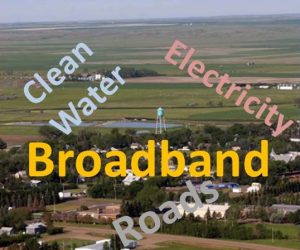Developing Broadband Policies

FEATURE ARTICLE – Taking Control of your Broadband Future
How can communities take control of their broadband future? Many communities continue to struggle with ...

SNG RELEASES “The Aspirational City” REPORT REVEALING HOW (AND IF) AMERICAN CITIES ARE INVESTING IN BROADBAND INFRASTRUCTURE
Report Leverages Survey Results to Uncover the Gaps and Challenges in Broadband Cities are Experiencing, and ...

SNG Webinar: Is a Locally Owned Broadband Network Right for You?
This webinar, held on June 28, 2017, and hosted by Strategic Networks Group, features Bruce Patterson, ...

Tennessee Releases SNG Report on Broadband Availability and Utilization
Yesterday the Tennessee Department of Economic and Community Development (TNECD) released a comprehensive ...

The Broadband Lifecycle: e-strategy, planning, and building capacity
By Michael Curri – Broadband networks can create a “platform for productivity, competitiveness and ...

Local economic development through broadband is about much more than technology
(Read the entire article by Gary Dunmore here) Today, most people and businesses are computer literate, and ...

Fine-tune your broadband data strategy: augment and verify carriers’ data
Our star guest Larry Strickling recently expressed his confidence that broadband service providers will not ...

Broadband mapping: be ready to augment & verify carrier data
Speaking at the recent Virginia Summit on Broadband Access, NTIA administrator Larry Strickling expressed ...

Broadband mapping: carriers can’t be trusted – but don’t hold it against them
NTIA administrator Larry Strickling (again…) is wrong: carriers shouldn’t be trusted – certainly not to ...
